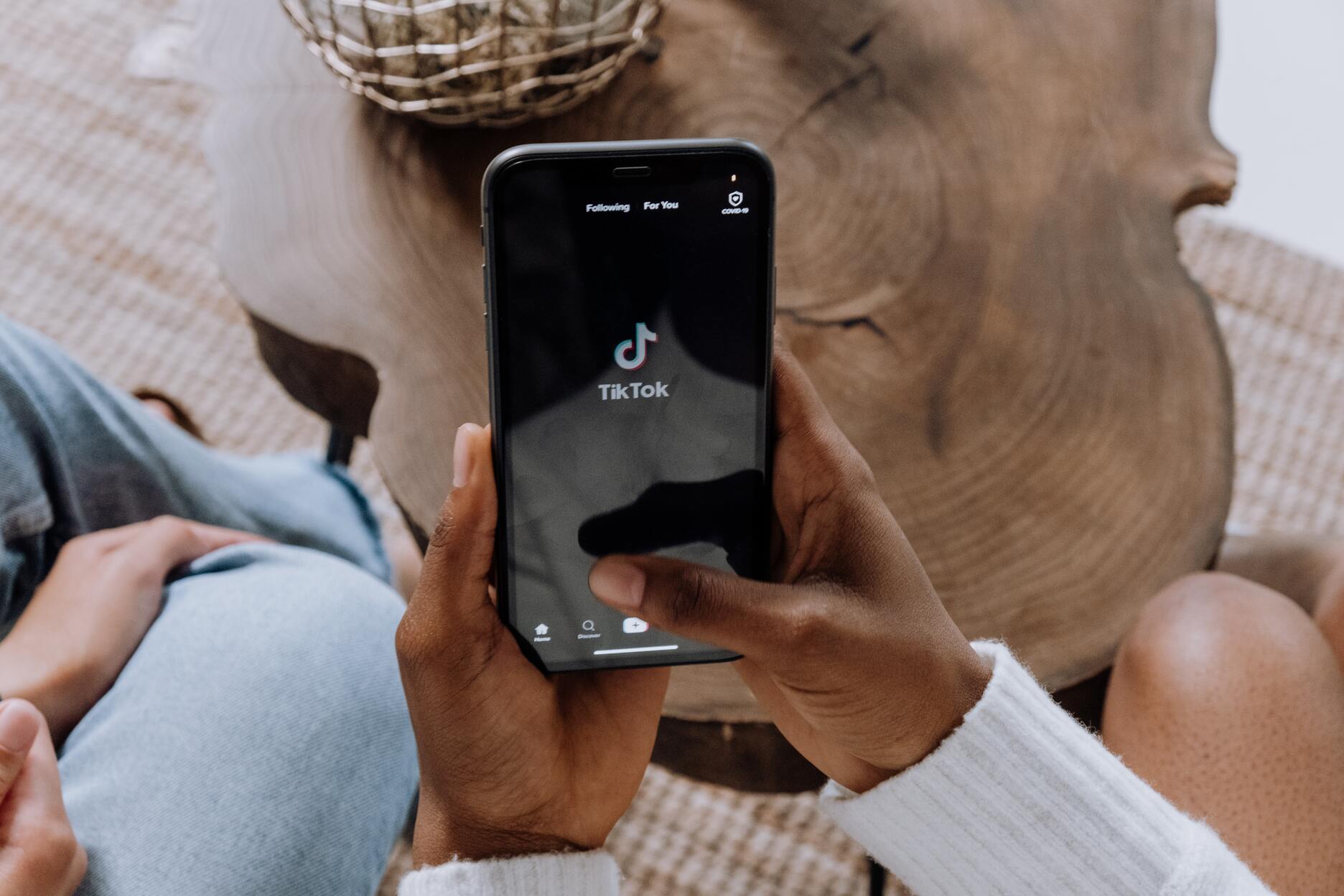Understanding TikTok: Its Purpose and User Data Collection Practices
By Dennis Shelly
TikTok has grown significantly in popularity and user count from its early days as Musical.ly when it was mainly used for lip-syncing. TikTok may be credited for some of the most popular trends and viral videos you see on other platforms. That’s how popular the app is right now. While governments from around the world are continuing to ban Tiktok over security and privacy concerns which raise the question, “What data does TikTok collect?” and Why is it important? The most serious concern about TikTok’s safety is related to national security, namely the threat that ByteDance’s ownership of the app may provide the Chinese government access to its users’ data. So, what information do they have? Let’s take a deeper look.
What is TikTok?
TikTok is a video-sharing application that allows users to make and share short-form videos on any topic of their choice. Although TikTok videos may still be seen on the web app, it is primarily a platform for mobile devices. Users can get creative with their content by applying filters, stickers, voiceovers, sound effects, and background music on the platform. According to the most recent TikTok statistics, the app has been downloaded 3 billion times. It also boasts 1 billion monthly active users. Furthermore, the platform is no longer limited to lip-syncing. Creators on the site are getting increasingly creative with their material, putting together funny sketches and educational videos.
What data does TikTok collect?
Several privacy and security professionals who have studied TikTok’s app say no obvious issues indicate the service is now spying on individuals or leaking their information. The Washington Post collaborated with a privacy expert in 2020 to investigate TikTok, noting that the app does not appear to gather any more data than a normal mainstream social network. Even so, if TikTok gathers roughly the same amount of data as Facebook or Twitter, that’s still a lot of information, including details about the videos you watch, comments you make, private messages you send, and — if you consent to this level of access — your precise geolocation and contact lists.
According to TikTok’s privacy statement, the company also gathers information such as your email address, phone number, age, search and browsing history, the content of the images and videos you upload, and, with your permission, the items in your device’s clipboard so that you can copy and paste data into the app.
Theoretically, TikTok could have “privacy-violating hidden features“ that the general public might not be aware of and that can be turned on or off with a tweak to its server code.
Here are some examples of data that TikTok gathers:
- Name, age, username, email, password, phone number, and location.
- Message content, as well as who reads and when messages are delivered, received, and read.
- Clipboard contents, including text, photos, and videos.
- Information about purchases, such as credit card numbers, billing addresses, and shipping addresses.
- What users do on other websites, applications, or in stores, including the products or services they buy there.
- File types and names.
- Keystroke rhythms and patterns.
- Your IP address, mobile service provider, time zone preferences, device type, and operating system.
- Details regarding photos, audio, and video.
- The scenery and items you use in the videos you make, such as landmarks, stores, and tourist destinations.
- Biometric identifiers like voiceprints and faceprints (this information enables TikTok to target political messages, adverts, and videos according to your preferences and interests).
- Cookies that track users’ interactions with content and the websites they visit most frequently.
The company has admitted to using small images or pieces of data that may identify the time and date a page is seen as well as a description of that page, which are embedded in photos and advertisements.
How can I use TikTok while protecting my data?
- Create an anonymous profile
Creating a TikTok account that doesn’t instantly expose your identity is the first step. Remove personally identifiable information and use a secondary, anonymous email address whenever feasible. You’ll be less likely to experience identity theft if you use a false name and birthdate.
- Your account should be set to private
You may control who can access the content by making your account private. If you aren’t quite ready to uninstall TikTok, this can significantly increase your online security.
- Toggle off the “Suggest your accounts to others” switch.
- Uncheck “Find your contacts” and “Who can send you direct messages” for Friends.
- Prevent others from downloading your videos
Toggle off “Allow others to download my videos” in your account’s Privacy and Safety menu to modify this setting. As a result, no one will be able to save the videos anywhere without your consent.
To Conclude
According to experts, TikTok’s data collection practices aren’t any more intrusive or illegal than those of other US tech companies, despite the fact that much of it is done secretly. Security experts believe that this isn’t a problem unique to TikTok but rather a reflection of the overall liberty we’ve granted tech companies to manage our data. Whenever you download an app, you are giving the company your trust to install software on your device, which may expose you to risks and introduce you to vulnerabilities. They are also collecting as much data as you are willing to give them access to.
Have a suggestion for our next article? Please contact us by visiting our website at www.eggheadit.com, by calling (760) 205-0105, or by emailing us at tech@eggheadit.com with your questions or suggestions.
IT | Networks | Security | Voice | Data


0 Comments